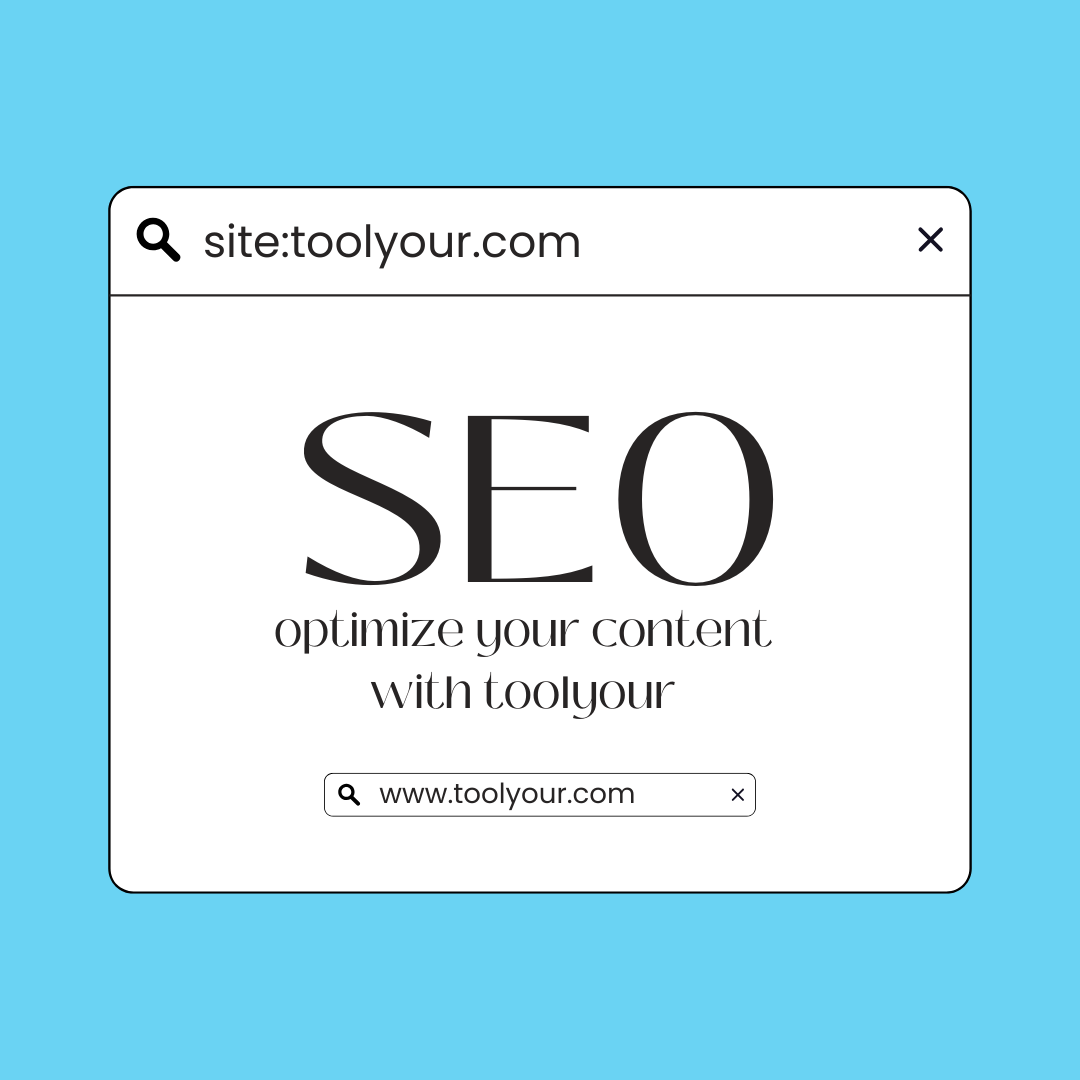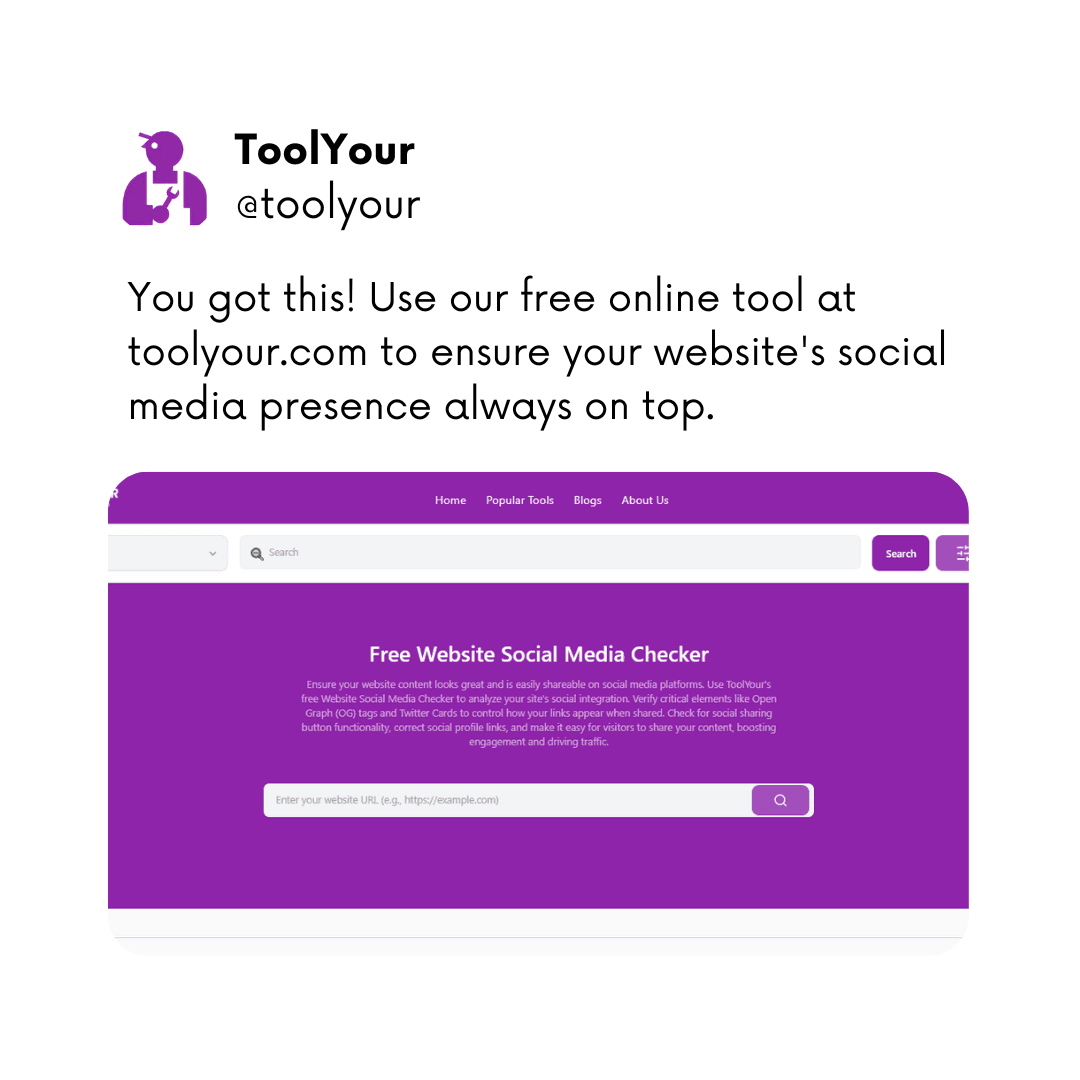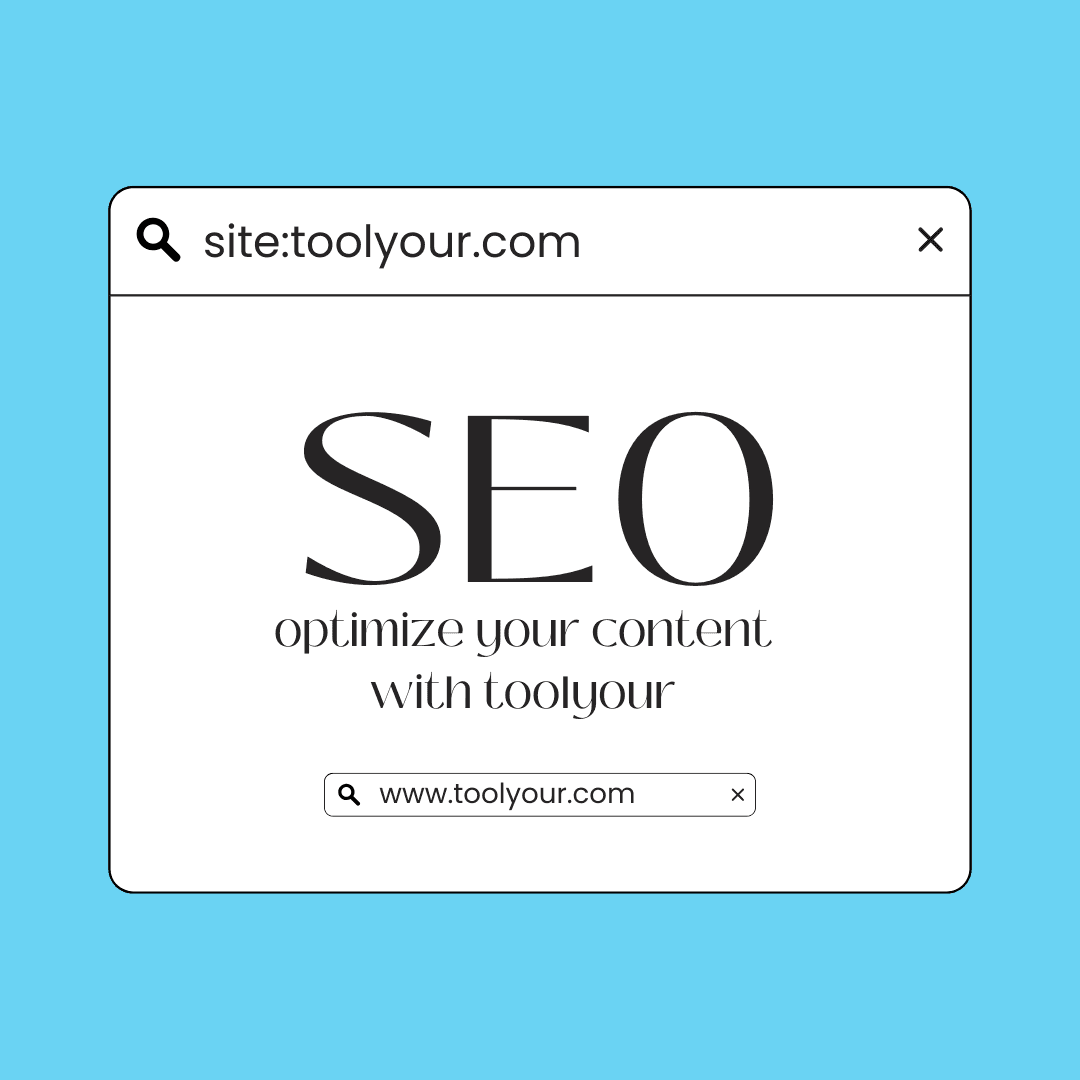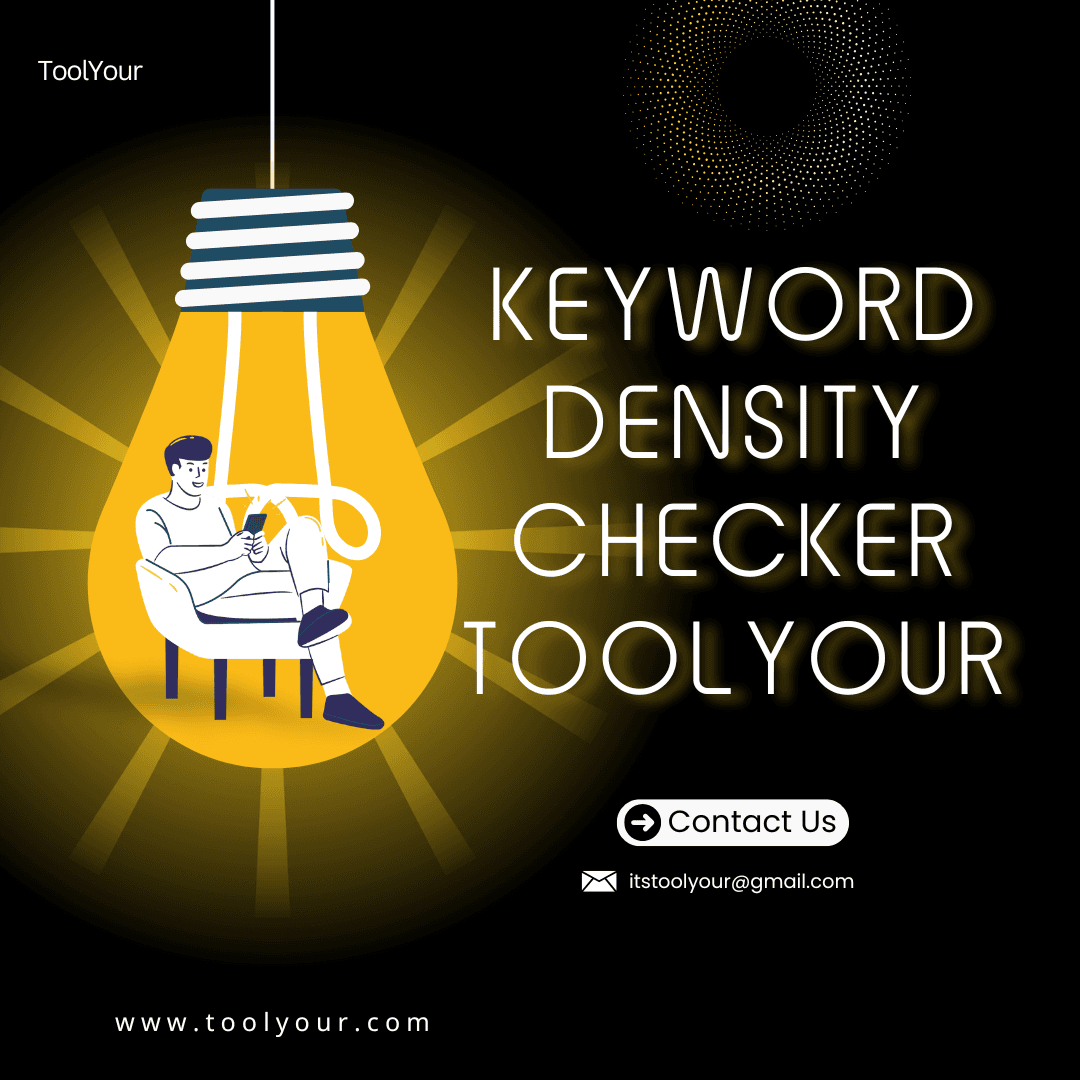Imagine you have a wonderful story to tell, or a great product to sell. You put it on your website, but hardly anyone finds it. Why? Because in the vast, busy world of the internet, your words need to be seen by search engines like Google. This is where SEO (Search Engine Optimization) Content Optimization comes in. It's about making the words on your website so clear and helpful that search engines understand them perfectly and show them to the right people.
But how do you know if your words are working their best? How do you find the right words to use? That's where SEO Content Optimization Tools became super important. These tools are like a helpful editor and a smart keyword guide all rolled into one, making sure your website's words are powerful and effective.
In this article, we'll go on a journey to explore the world of optimizing your website's words. We'll discover when and why SEO Content Optimization Tools first showed up, what people did before these smart tools existed, and how they help us now. Then, we'll proudly introduce our very own Free SEO Content Optimization Tool at ToolYour and show you step-by-step how it can help you make your website's content shine?
The Early Days: The Birth of Content Optimization for Search Engines
The internet and search engines started to become popular in the mid-1990s. In those very early days, search engines were much simpler than they are now. They mostly looked for keywords – specific words or phrases – on a webpage. If you wanted your page to show up for "blue shoes," you simply put "blue shoes" on your page many, many times.
This led to some strange and often unhelpful websites. People would "keyword stuff," which meant repeating the same word or phrase over and over, even if it made the text sound unnatural or silly. Imagine reading a page that said, "We sell blue shoes. Buy blue shoes here. Best blue shoes. Our blue shoes are amazing blue shoes." It didn't make sense to a human reader, but early search engines might have thought, "Wow, this page is really about blue shoes?"
However, as more and more websites appeared and people started to use search engines more, Google and other search engines began to get smarter. They realized that just counting keywords wasn't enough to give people the best results. They wanted to show websites that were truly helpful, well-written, and trustworthy.
Why Did Content Optimization Tools Become So Important?
The growing need for better search results pushed the development of SEO Content Optimization Tools for several key reasons:
To Fight "Keyword Stuffing":
As search engines became smarter, they started to punish websites that just stuffed keywords.
They wanted natural, useful content. Tools were needed to help people use keywords correctly, not just repeatedly.
To Understand What People Really Want:
Search engines started to understand not just
what
words people typed, but
why
they typed them (their "search intent"). Were they looking to buy something, learn something, or find a local business? Content tools started helping people create content that matched this intent.
To Cover All Important Topics:
For a piece of content to be truly helpful, it needs to cover all the important parts of a topic. Early on, it was hard to know if you had missed something.
Tools helped identify related words and topics.
To Improve Readability and Quality:
Search engines started looking at how well content was written and if it was easy for humans to read.
Tools could help check for things like sentence length, paragraph structure, and proper use of headings.
To Compete in a Crowded World:
With millions of websites, it became harder and harder to stand out. Content optimization tools gave website owners a way to analyze their content, make it better than their competitors', and get noticed.
To Save Time and Reduce Guesswork:
Manually checking every word, every heading, and comparing it to competitor content would take forever.
Tools could automate this, saving huge amounts of time and giving clear, data-driven insights.
Because of these big shifts, people realized they needed smart tools to help them write content that pleased both human readers and complex search engine algorithms. This was the true beginning of SEO Content Optimization Tools.
Who Introduced Them and When?
Just like with other SEO tools, it's not a single person or company who "invented" the very first SEO Content Optimization Tool. These tools likely evolved over time, starting from simpler ideas that grew into more complex systems.
Early 2000s: The Dawn of Basic Analysis:
In the early 2000s, as Google gained dominance and started rolling out updates like "Panda" (which focused heavily on content quality), SEO professionals and webmasters began to create simple tools or methods. These might have been basic keyword density checkers (tools that told you how many times a word appeared on a page) or simple checklists to make sure title tags and meta descriptions were present.
Companies like
WebPosition Gold
(launched in the mid-1990s) offered very basic keyword research and on-page analysis features.
Mid-2000s: Rise of SEO Suites:
As SEO became a more recognized industry, companies started to build more comprehensive SEO "suites" of tools.
SEOmoz (now Moz)
, launched around 2004, began offering features that analyzed on-page optimization, which included looking at content.
Tools like
Yoast SEO
(launched around 2010 for WordPress) became very popular because they offered real-time content analysis right inside the website editor, helping users optimize titles, descriptions, and keyword usage as they wrote.
Late 2000s and 2010s: Deeper Understanding:
As search engines became even more sophisticated, understanding synonyms, related topics, and the
meaning
behind words (semantic search) became crucial. This led to tools that went beyond just keyword counting.
Companies like
MarketMuse
(using Natural Language Processing, or NLP) and
Surfer SEO
emerged later in the 2010s, offering more advanced content analysis, competitor content insights, and recommendations for topic coverage and content depth.
SEMrush
and
Ahrefs
, also launched in the late 2000s/early 2010s, built powerful content analysis features into their broader SEO platforms.
Today: AI and Advanced Insights:
In recent years, with the rise of Artificial Intelligence (AI) and Machine Learning, content optimization tools have become incredibly smart.
They can analyze vast amounts of data, understand context, and even suggest content improvements that feel like they came from a human expert.
So, while there's no single "inventor," the development of SEO Content Optimization Tools has been a continuous journey, driven by the ever-changing rules of search engines and the desire of website owners to make their content as effective as possible.
Before the Tools: How People Optimized Content (The Hard Way?)
Before the clever Free SEO Content Optimization Tools we have today, optimizing content for search engines was a very manual, often imprecise, and incredibly time-consuming task. Imagine trying to make a perfectly balanced meal without any measuring cups or a recipe, just by guessing? That's how it felt. Here's what people used to do:
"Keyword Stuffing" (The Bad Old Days): As mentioned, the earliest approach was simply to repeat a chosen keyword as many times as possible on a page. People would stuff keywords into the text, often in hidden white text on a white background, or in very small font sizes.
Problems:
This made content unreadable for humans, was quickly recognized and punished by search engines, and led to a very poor user experience.
It didn't actually help people find useful information.
Manual Keyword Density Checks: People would literally read through their content and count how many times a keyword appeared. Then, they'd divide that by the total number of words to get a "keyword density" percentage. They aimed for a certain percentage (like 1-3%).
Problems:
Extremely tedious and prone to human error. It also didn't account for synonyms, related terms, or the natural flow of language. A high density didn't necessarily mean high quality.
"Eye-Balling" Readability: Website owners would simply read their content and try to guess if it was easy to read. They might try to use shorter sentences or simpler words, but there were no objective ways to measure readability.
Problems:
Very subjective. What one person found easy to read, another might find difficult. It was hard to get consistent quality.
Competitor Manual Review: To see what their rivals were doing, people would go to a competitor's website, read their content, and manually look at their page titles, headings, and descriptions. They might even try to copy parts of the structure or keyword usage.
Problems:
Time-consuming, often led to copycat content rather than original, better content. It didn't give a data-driven comparison.
Guessing What Google Liked: Without tools, people relied on blog posts, forum discussions, and their own limited experiments to guess what search engines valued. There was a lot of misinformation and "SEO myths" floating around.
Problems:
Led to wasted time on ineffective strategies. It was a constant guessing game.
No Comprehensive View: It was impossible to get a single report showing all the different aspects of content optimization – keyword usage, readability, title quality, and more – all in one place. People had to jump between many different tasks and often missed important details.
These old methods were highly inefficient, often ineffective, and simply couldn't keep up with the increasing complexity of search engine algorithms. The strong need for a fast, accurate, and automatic way to check and improve all aspects of a website's content for SEO was very clear. This is exactly what SEO Content Optimization Tools stepped in to solve, revolutionizing how we create and refine our online words.
Our Free SEO Content Optimization Tool: Your Smart Content Coach?
Now that you understand the history and the huge importance of optimizing your website's words, let's introduce our very own Free SEO Content Optimization Tool right here at ToolYour. We've built this tool to be incredibly easy to use, yet powerful enough to give you all the important insights you need to make your content top-notch for both readers and search engines.
Our tool is designed to cut through the confusion of SEO content and give you a clear, organized report. It acts like a friendly coach for your writing, checking if your words are hitting all the right notes and telling you exactly how to make them stronger and more visible online.
What Our Tool Does
At its core, our Free SEO Content Optimization Tool scans your chosen webpage, analyzes its text, and then provides a detailed report on how well it's optimized for search engines. It looks beyond just single words and gives you a holistic view of your content's structure, keywords, and overall effectiveness.
Think of it like this: If your website's content were a speech, our tool would be the expert who listens to every word, checks if your main points are clear, if you're using the right language, and then gives you tips to make your speech much more impactful and memorable for your audience.
How Our Tool Can Help People
Our Free SEO Content Optimization Tool offers many fantastic benefits for different kinds of people:
For Website Owners (especially small businesses and bloggers):
Rank Higher:
By making your content better for SEO, our tool helps your website show up higher in Google search results. This means more people will find your business, read your blog, or discover your products.
Attract the Right Visitors:
Our tool helps you use the right words that people actually search for, bringing visitors who are truly interested in what you offer.
Save Money:
No need to hire expensive SEO content specialists for basic checks. Our free tool gives you valuable insights.
Write Better Content:
Get clear advice on how to improve your titles, descriptions, and keyword usage, making your writing more effective.
Stay Competitive:
Understand how your content compares to top-ranking pages and get tips to make yours even better.
For SEO Professionals and Digital Marketers:
Quick Content Audits:
Perform fast initial audits for new clients or ongoing checks for content strategies. This saves a lot of time.
Identify Content Gaps:
Our tool helps spot missing keywords or underused topics, giving you ideas for new content or improvements to existing ones.
Client Reporting:
Use the clear, detailed reports to show clients the current state of their content and track improvements over time.
Optimize for Intent:
By analyzing keyword distribution, you can better align content with user search intent.
For Content Writers & Bloggers:
On-Page SEO Optimization:
Get direct feedback on your article's title, meta description, and word count, ensuring it's optimized before publishing.
Keyword Strategy:
See how well your main keywords are used, and discover if you're overusing certain words or missing opportunities with others.
Improve Readability:
Our tool helps you ensure your content flows well and is easy for your audience to read and understand.
Avoid Keyword Stuffing:
Get alerts if you're using keywords too much, helping you keep your content natural and Google-friendly.
In essence, our tool gives you a clear roadmap to improving your website's content so it performs better on search engines. It turns complex SEO content ideas into simple, actionable steps.
Who Can Use This Tool?
The great thing about our Free SEO Content Optimization Tool is that it's designed for everyone? You don't need to be an SEO guru or a professional writer to use it effectively.
Small Business Owners:
If you have a website for your business, this tool helps your product descriptions, service pages, and blog posts attract more customers.
Bloggers & Authors:
Want more people to read your awesome articles? This tool helps your blog posts rank higher and reach a wider audience.
Students & Learners:
If you're studying digital marketing or web content, this tool is a hands-on way to understand how content impacts SEO in the real world.
Marketing Managers:
Need to quickly assess the content quality of various pages or campaigns? This tool is your time-saver.
Anyone with a Website:
If you publish any kind of content online and want it to be found by more people through search engines, this tool is definitely for you.
If you are looking for an easy, free way to understand and improve your website's written content for better search engine performance, our tool is the perfect fit.
How to Use Our Free SEO Content Optimization Tool
Using our Free SEO Content Optimization Tool is incredibly simple and designed for quick, deep insights into your website's content.
Here's your simple step-by-step guide:
Go to the Tool: Open your web browser and visit our Free SEO Content Optimization Tool page. You'll find it at: https://toolyour.com/digital-tools/content-optimization (Please confirm this is the exact URL for your SEO content optimization tool. If it's different, please provide the correct one?)
Input Your Website URL: You'll see a clear input field on the page. This is where you tell our tool which webpage you want to check.
Important:
Make sure you enter the full website address, starting with
https://For example, typehttps://toolyour.com/blog/example-articleto analyze a specific article.
Start the Analysis: Once you've typed or pasted the URL, simply press "Enter" on your keyboard or click on the "Search icon button" next to the input field.
Watch the Analysis Happen: Our tool will then quickly visit that webpage, read its content, and perform a detailed analysis. This usually takes just a few moments, depending on the size of the page.
Understanding Your Results: The Page Overview and 3 Tabs?
Once the analysis is complete, a new section will appear below the input field. This section is packed with helpful information, starting with a general overview and then organized into three specific tabs for deeper keyword insights.
Page Overview (Title, Description, Word Count & Instructions)
What it is:
This is your quick summary of the main elements of your webpage, as seen by search engines. It's like the identity card for your page.
What you'll see:
Title:
The main title of your webpage that appears in the browser tab and as the blue clickable link in Google search results.
Description:
The short summary of your page (meta description) that often appears under the title in search results.
Total Words in the Website Count:
The total number of words found on the analyzed page. This helps you understand the length and depth of your content.
Instructions for Optimized Characters of Title and Description:
Crucially, right below your title and description, you'll find simple guidelines or alerts telling you if your title or description is too long, too short, or just right for Google's display limits.
How it helps:
This section is vital for making sure your page makes a strong first impression in search results.
Optimizing your title and description encourages more clicks, and knowing your word count helps you assess content depth.
Now, let's explore the three detailed keyword analysis tabs:
Tab 1: Keyword Chart (Top, Overused, Underused Words)
What it is:
This tab gives you a visual way to understand how words are used on your page. It's like a special magnifying glass for your vocabulary.
What you'll see: This tab presents data distribution charts with three important options:
Top Words:
Shows the most frequently used words on your page. This helps you confirm if your main topics are clearly represented.
Overused Words:
Highlights words or phrases that appear too often, which could signal "keyword stuffing" or simply make your content repetitive.
Underused Words:
Suggests words or phrases that might be important for your topic but don't appear enough, indicating missed opportunities to make your content more comprehensive or clear to search engines.
How it helps:
This is fantastic for fine-tuning your content. It helps you ensure a natural keyword density, avoid annoying repetition, and discover related terms you might want to include to make your content more complete and valuable to readers and search engines.
Tab 2: Keyword Distribution (Pie Chart of Keyword Types)
What it is:
This tab gives you a unique view of the
types
of words on your page, presented in a clear
pie chart
. It helps you understand the balance of your content's language.
What you'll see: The pie chart will show percentages for different categories of keywords, such as:
SEO Terms:
Words directly related to search engine optimization (e.g., "keyword," "ranking," "search engine").
Brand Terms:
Words related to your brand name or company (e.g., "ToolYour," "your product name").
Action Words:
Verbs that encourage users to do something (e.g., "buy," "learn," "discover").
Page Elements:
Words related to the structure of a webpage (e.g., "button," "menu," "header").
Other:
A category for words that don't fit neatly into the above.
How it helps:
This pie chart provides a high-level strategic overview. It helps you assess if your content has a healthy mix of different word types. For instance, if you have too many "SEO Terms" and not enough "Action Words," your content might be too technical and not persuasive enough. It's about ensuring your content is balanced for both informativeness and user engagement.
Tab 3: Keyword List (Count, Density, Word, Status)
What it is:
This is your detailed spreadsheet-like view of every significant keyword on your page, along with important metrics. It's where you get granular data.
What you'll see: A list of all identified keywords, showing:
Count:
How many times each word appears on the page.
Density:
The percentage of times each word appears relative to the total word count.
Word:
The actual keyword or phrase.
Status:
An indication of whether the word is used optimally (e.g., "Good," "Too High," "Too Low," "Missing").
How it helps:
This tab is perfect for deep dives and precise optimization. You can quickly scan for keywords that are overused or underused based on their density.
This allows you to fine-tune your content, ensuring you're using your target keywords effectively without overdoing it.
It's incredibly useful for making sure your main topics are well-represented to search engines without falling into old "keyword stuffing" traps.
The Future of Content Optimization: What's Next for Our Tool?
Just like search engines are always changing, and content creation is evolving, our Free SEO Content Optimization Tool will also keep getting smarter and more helpful. We are committed to using the newest technology to give you even better insights and simpler recommendations.
In the future, you can expect to see advancements such as:
AI-Powered Content Suggestions:
We'll use smarter computer brains (AI) to not just analyze your content, but also suggest specific sentences or phrases to add or change to improve its SEO and readability.
Competitive Content Analysis:
Imagine being able to compare your content directly against the top-ranking pages for your target keywords, seeing exactly where their content excels.
Readability Scores and Improvements:
Tools that can give you a clear readability score (like Flesch-Kincaid) and suggest ways to simplify complex sentences or vocabulary.
Semantic SEO Insights:
Going beyond keywords to analyze the full "topic authority" of your content, helping you cover related concepts that Google considers important.
Voice Search Optimization:
As more people use voice assistants, our tool could offer recommendations on how to structure your content to answer common voice search queries effectively.
Multilingual Content Optimization:
For websites serving different language groups, the ability to optimize content for various languages and their unique keyword nuances.
Integration with Other ToolYour Tools:
A seamless experience where you can get content insights, technical SEO audits, and speed tests all in one connected workflow.
These are just some ideas for how our Free SEO Content Optimization Tool will grow. Our main goal is always to make it easier for you to create compelling, high-ranking content that attracts the right audience and helps you achieve your online goals.
In conclusion, the Free SEO Content Optimization Tool has come a long way from the manual, often harmful, "keyword stuffing" days. It's now an essential helper for anyone who puts words on the internet. Our tool at ToolYour brings this powerful ability right to your fingertips, giving you clear, organized insights into your website's content. Whether you're a small business owner, a blogger, or an SEO professional, our tool is here to help you understand what needs fixing and how to make your words work harder for you on search engines. Try it today and start seeing your content attract the attention it deserves?
Check this: https://toolyour.com/digital-tools/content-optimization










